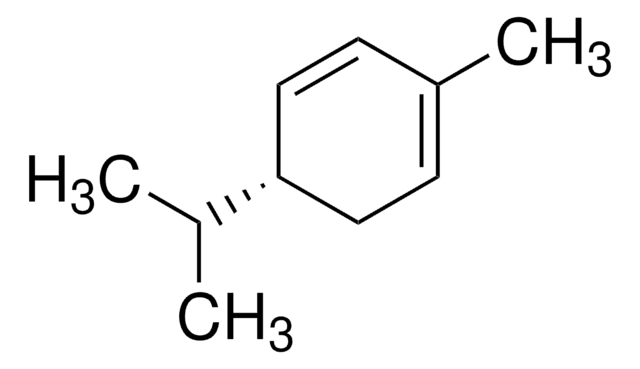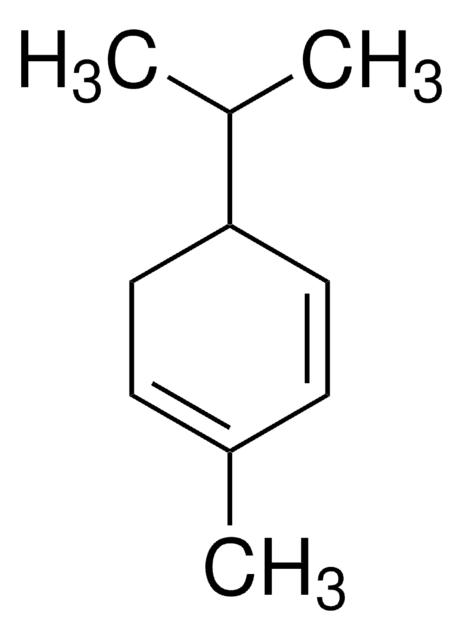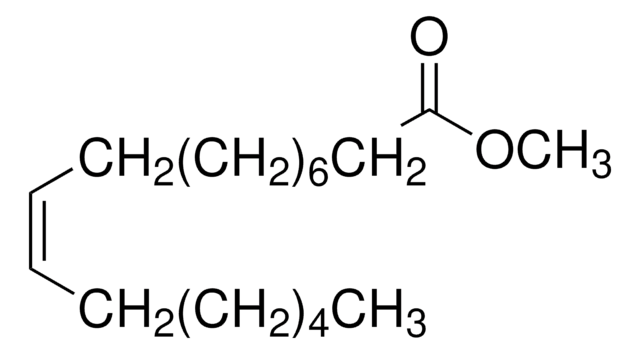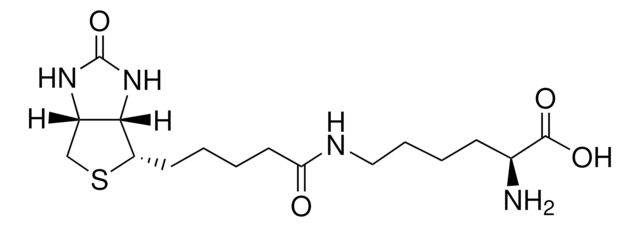87117
Acide nervonique
analytical standard
Synonyme(s) :
cis-15-Tetracosenoic acid, Selacholeic acid
About This Item
Produits recommandés
Qualité
analytical standard
Niveau de qualité
Essai
≥99.0% (GC)
Durée de conservation
limited shelf life, expiry date on the label
Technique(s)
HPLC: suitable
gas chromatography (GC): suitable
Pf
42-43 °C (lit.)
Format
neat
Groupe fonctionnel
carboxylic acid
Conditions d'expédition
ambient
Température de stockage
−20°C
Chaîne SMILES
CCCCCCCC\C=C/CCCCCCCCCCCCCC(O)=O
InChI
1S/C24H46O2/c1-2-3-4-5-6-7-8-9-10-11-12-13-14-15-16-17-18-19-20-21-22-23-24(25)26/h9-10H,2-8,11-23H2,1H3,(H,25,26)/b10-9-
Clé InChI
GWHCXVQVJPWHRF-KTKRTIGZSA-N
Vous recherchez des produits similaires ? Visite Guide de comparaison des produits
Description générale
Application
- Berry seed extract samples by gas chromatography equipped with mass spectrometer detector (GC-MSD).
- Human blood by isotope-dilution gas chromatography-negative chemical ionization-mass spectrometry (ID-GC-NCI-MS).
- Human plasma samples employed in the clinical smoking cessation study by GC combined with time-of-flight mass spectrometry operating under the electron ionization (EI) mode.
- Brain tissue samples by GC-MS.
Produits recommandés
Code de la classe de stockage
11 - Combustible Solids
Classe de danger pour l'eau (WGK)
WGK 3
Point d'éclair (°F)
230.0 °F - closed cup
Point d'éclair (°C)
110 °C - closed cup
Équipement de protection individuelle
dust mask type N95 (US), Eyeshields, Gloves
Faites votre choix parmi les versions les plus récentes :
Certificats d'analyse (COA)
Vous ne trouvez pas la bonne version ?
Si vous avez besoin d'une version particulière, vous pouvez rechercher un certificat spécifique par le numéro de lot.
Déjà en possession de ce produit ?
Retrouvez la documentation relative aux produits que vous avez récemment achetés dans la Bibliothèque de documents.
Les clients ont également consulté
Notre équipe de scientifiques dispose d'une expérience dans tous les secteurs de la recherche, notamment en sciences de la vie, science des matériaux, synthèse chimique, chromatographie, analyse et dans de nombreux autres domaines..
Contacter notre Service technique













